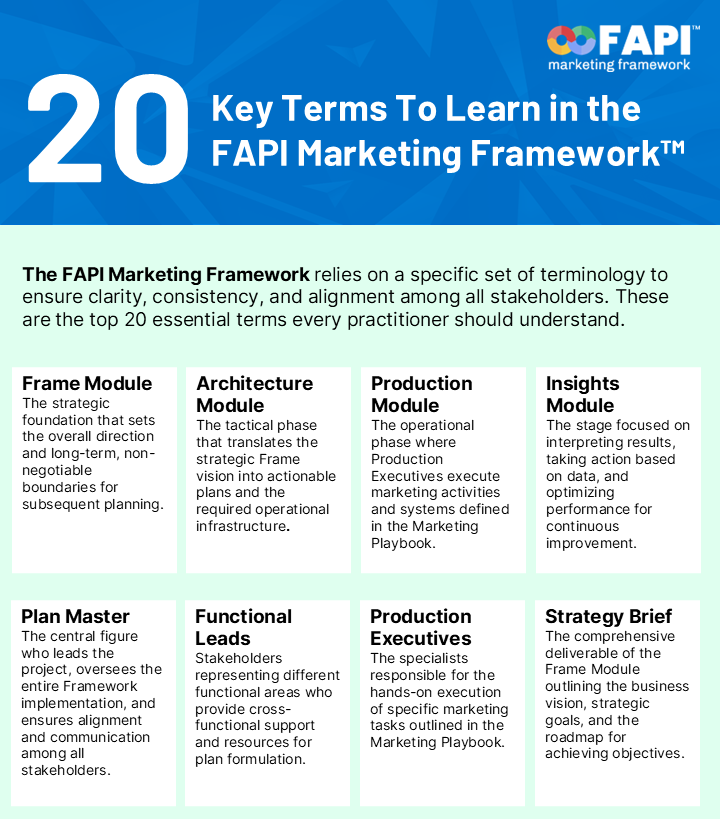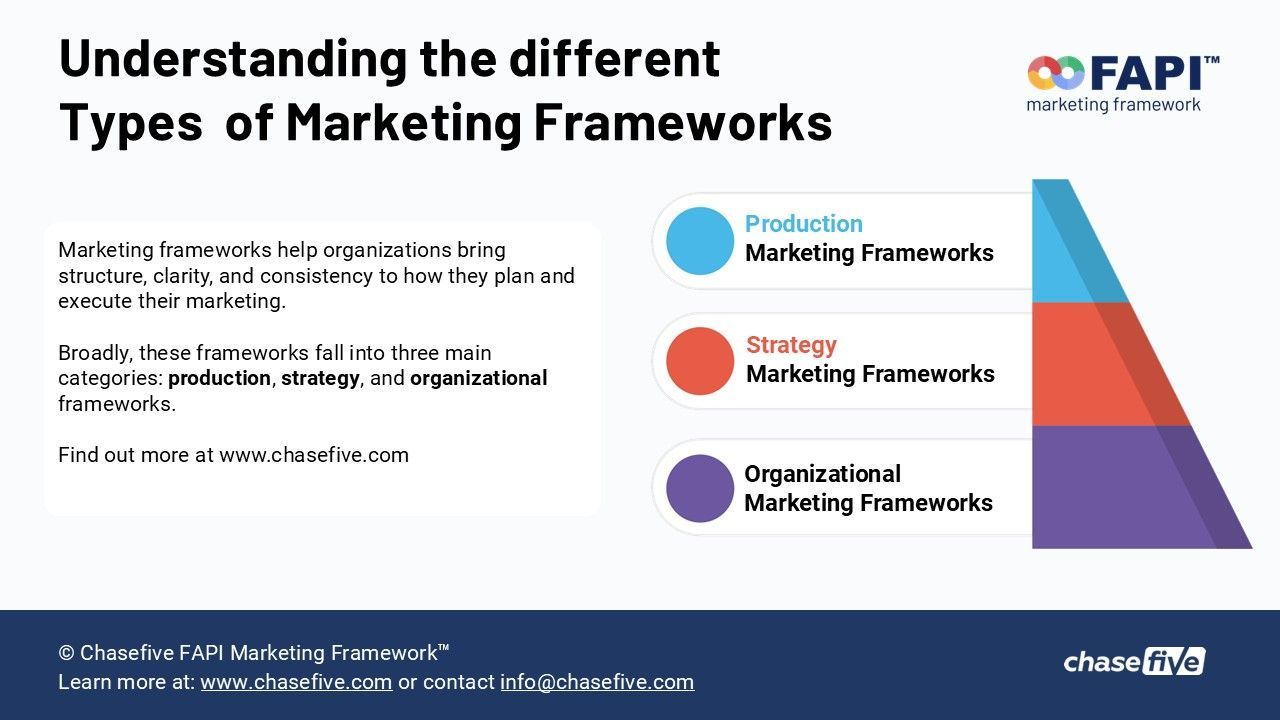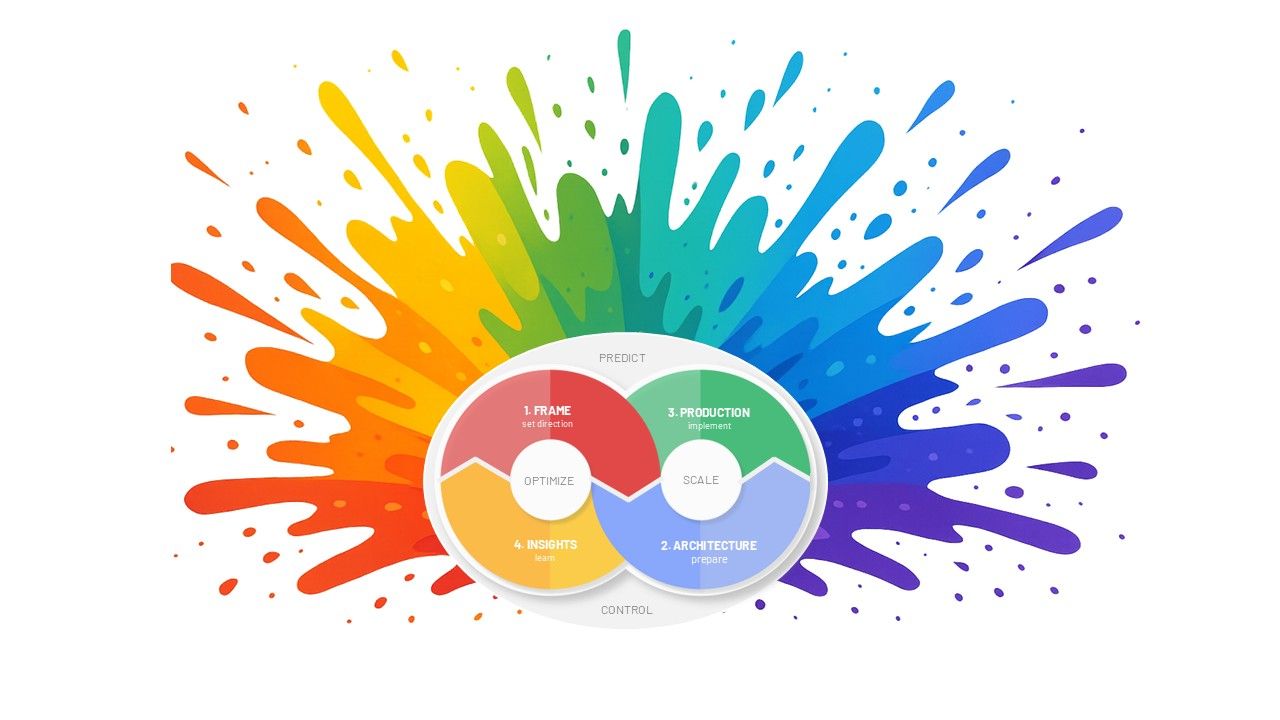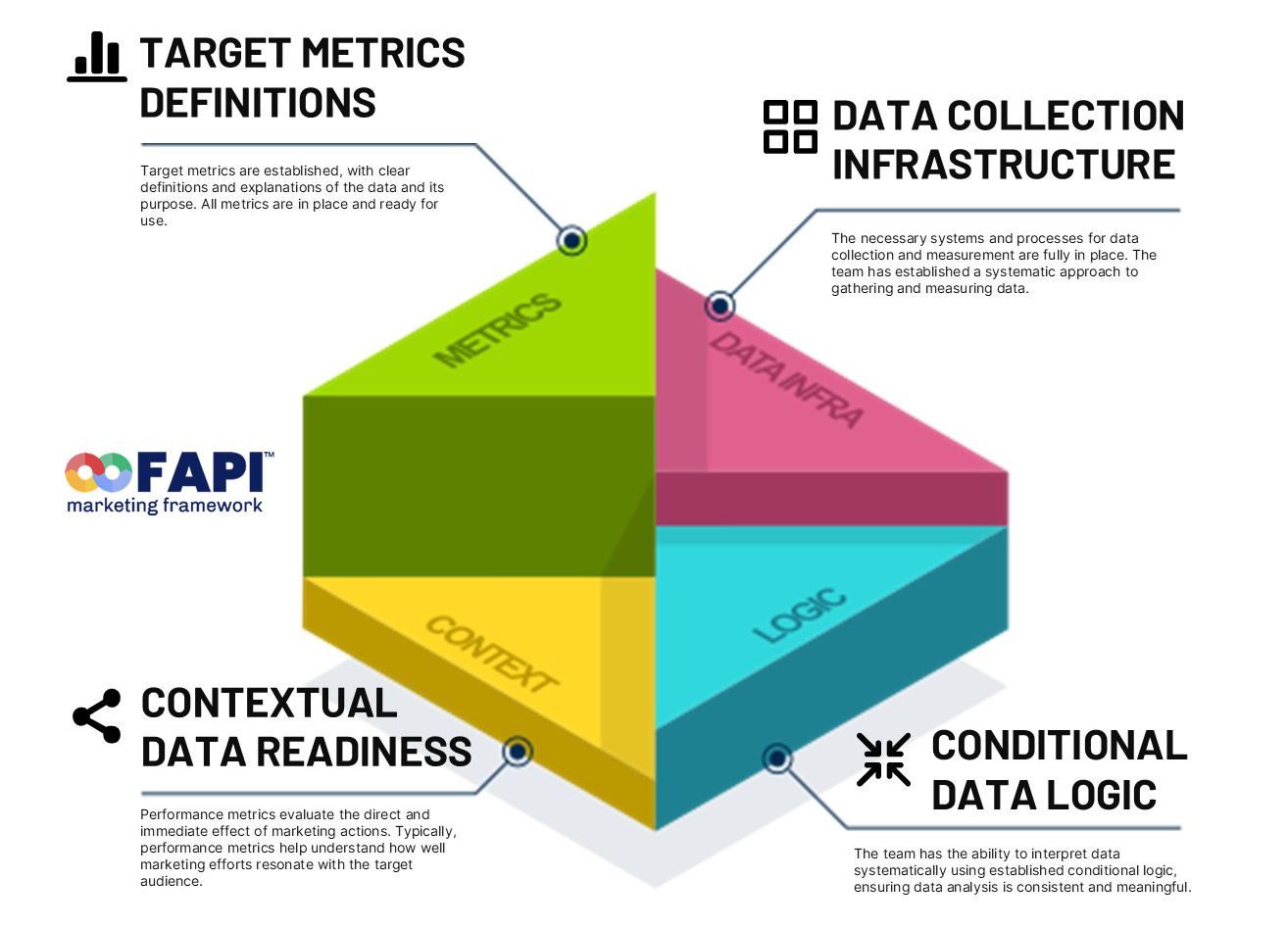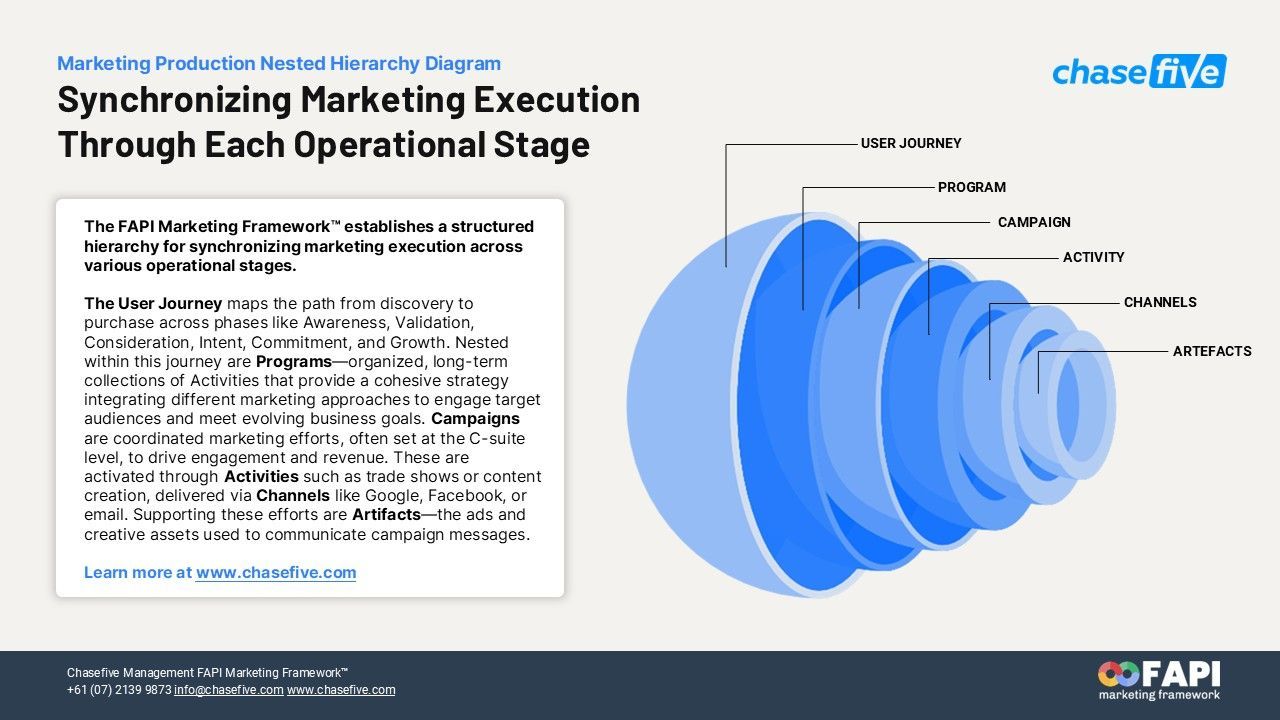From Reporting to Prescriptive Analysis: Climbing the Marketing Intelligence Ladder
Modern marketing teams sit on a mountain of data, yet turning that data into meaningful decisions remains a challenge. The FAPI Marketing Framework™ offers a clear path: move step by step from operational reporting to strategic prescriptive insights. The diagram below illustrates this progression, showing how marketing intelligence evolves in both complexity and value.
The two axes of marketing intelligence
The diagram is built on two dimensions:
- Vertical axis – Human vs. Automation: At the base, processes like reporting are automated and mechanical. As you climb, the need for human interpretation and judgment grows.
- Horizontal axis – Marketing Value: On the left, activities deliver limited business value by describing the past. Moving right, value increases as insights guide real-time actions and future strategy.
Together, these axes show how marketing analysis matures from descriptive outputs to
strategic decision-making tools.
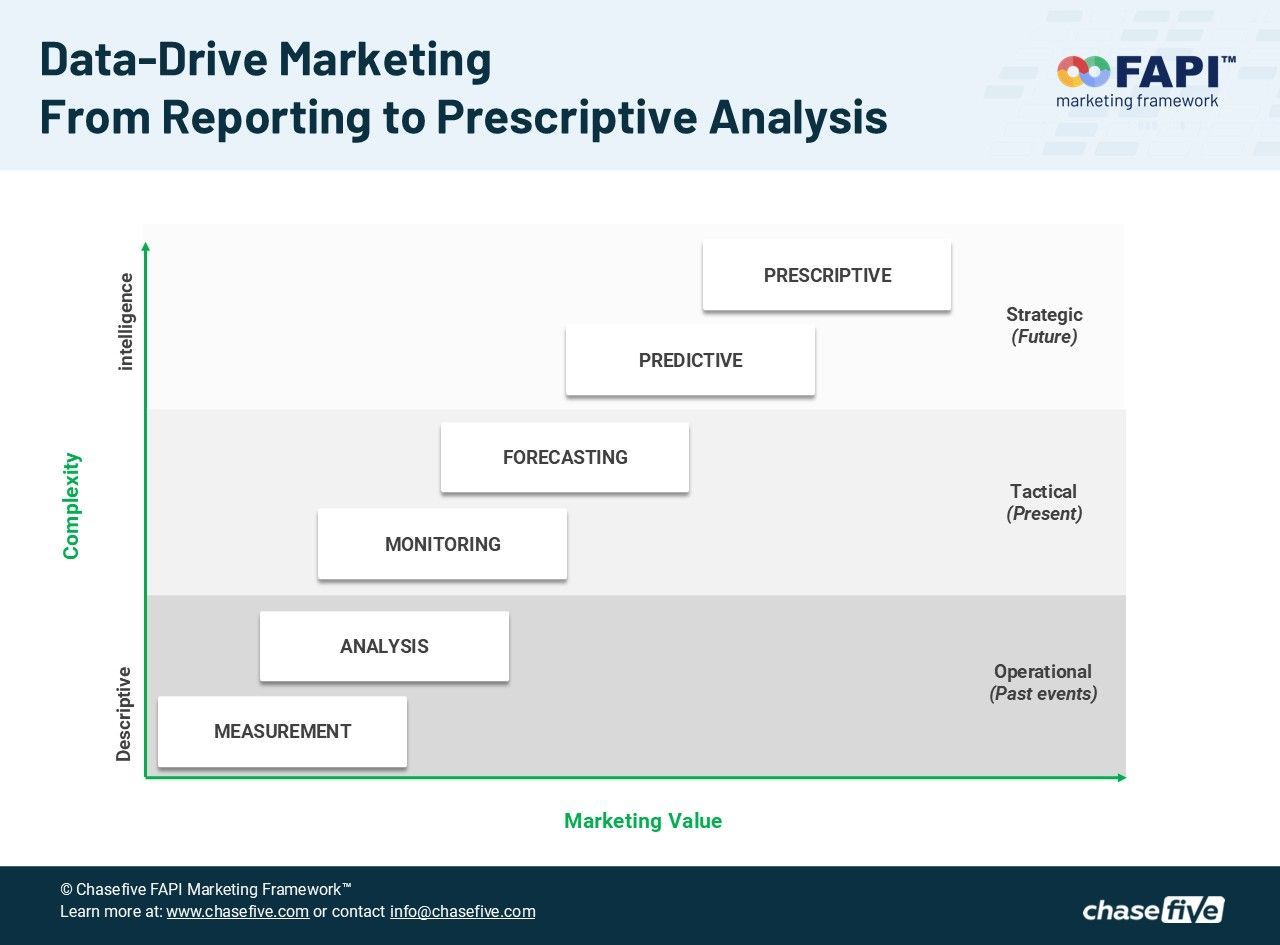
The six phases of marketing data analysis
The framework identifies six distinct phases of marketing analysis, grouped into operational, tactical, and strategic layers.
1. Reporting (Descriptive Analysis)
At the base is reporting — the collection and presentation of raw numbers. Think dashboards, campaign summaries, and weekly performance reports. These outputs explain what happened, but little more.
2. Analysis (Diagnostic)
Moving up, analysis digs into data to explain why it happened. This phase starts to connect numbers to patterns, requiring human insight to make sense of anomalies or shifts.
3. Monitoring
Once we understand the past, the next step is tracking the present. Monitoring means keeping a pulse on live activity and checking performance against benchmarks or expectations. For example, monitoring CTR or CPA during an active campaign.
4. Forecasting
Here, the focus shifts to what is likely to happen soon. Marketing forecasting projects outcomes based on current patterns — such as predicting next month’s lead volume or revenue. It gives teams time to adjust course before issues escalate.
5. Predictive Analysis
This stage uses statistical models, AI, and advanced analytics to anticipate what will happen in the future. Examples include predicting churn risk, estimating lifetime value, or forecasting regional demand.
6. Prescriptive Analysis
At the top of the ladder is prescriptive analysis: what should we do about it? This phase recommends concrete actions to maximize impact, such as reallocating budgets, optimizing media mix, or changing product offers. It is the most complex, but also the most valuable layer.
Why this progression matters
The FAPI Marketing Framework emphasizes that marketing teams must move beyond reporting if they want to deliver strategic impact. Reporting and monitoring are essential, but they only describe the past or present. Real business value comes when marketing intelligence shapes future decisions — guiding strategy, resource allocation, and performance improvement.
By visualizing this ladder of analysis, teams can:
- Diagnose gaps in how they use data.
- Plan investments in analytics tools and talent.
- Elevate marketing’s role from campaign execution to business strategy.
How the FAPI Marketing Framework helps in data analysis :
- Embedding it into the planning and execution workflow.
- Matching analysis levels to operational and strategic needs.
- Providing a maturity path from raw reporting to prescriptive insights.
- Linking insights back to ROI, accountability, and decision-making.
In short, it transforms marketing data from scattered numbers into a coherent decision-making system.
Learn more at the
FAPI Marketing Framework Academy
